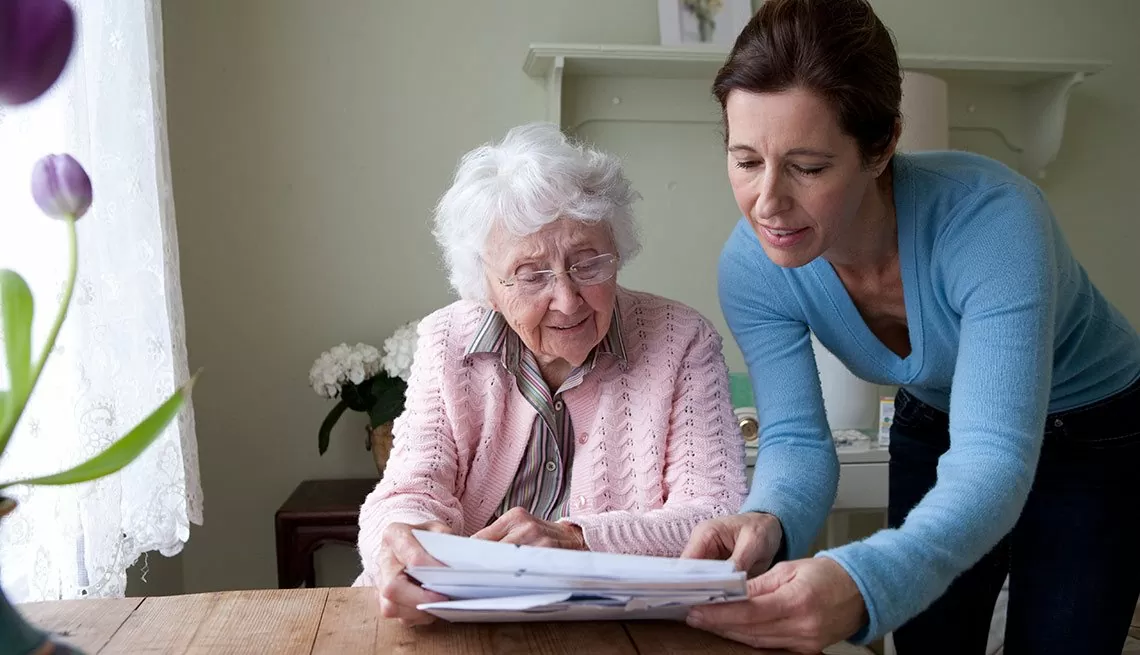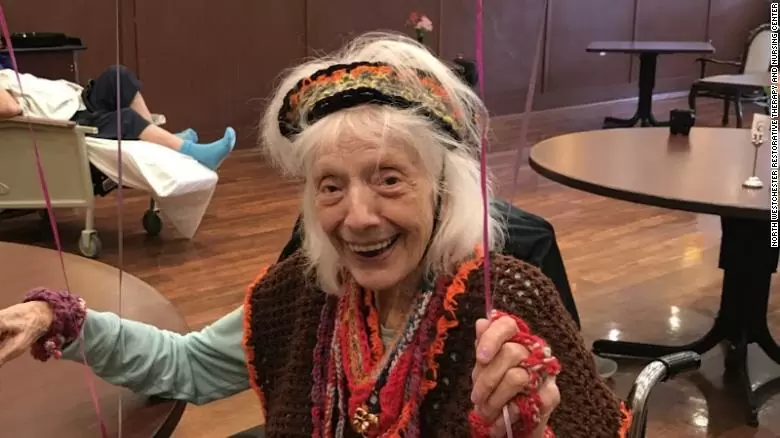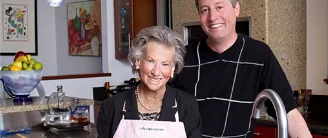I first started working with seniors way back when I was 18 years old and I worked at a skilled Nursing Facility in Tigard Oregon. The staff used to try and come up with things to entertain our clients, so we decided to ask some of the patients if they would want to come up with ideas for us to entertain them during slow times in the afternoon. One of the residents asked if we could have races in wheelchairs and we thought that would be a fun idea, so the race was on. The patients liked that idea and some of them started betting on the winners (a penny for the winning wheelchair that crossed the line first), like if they were at a horse race. The hall we used was about 100 feet long and about 8 feet wide which could accommodate two wheelchairs. We would move obstacles out of the hall to make it safer to wheel down and back to the finish line. The patients asked us to use their wheelchair so they could feel a part of the race itself. We had a good time doing this. There was around six of us that participated in the races. There was a coworker who was really good at it and she would win most the time she was up. Of course, the patients really cheered her on by clapping and cheering as she passed the rooms. The patients would sit just inside their rooms in order to keep the aisles clear and for their own safety. One time when I was up, I raced against a woman and I’ll tell you, she was good, she won but not by much. The patients kept wanting me to race against her until I could win, but I never did. The thing that I noticed is that it helped some of our patients to smile again and have a good time, for that short while during the races they would forget about where they were or how they felt and just have a good time and they were always better for it. There were a few times that some of the staff would tie with each other and the patients wanted a re-race so they could collect their penny. The second race was always harder than the first so that there was almost never a second tie because you would wear out during the second trip up and down the hall. I know it probably does not sound like it could wear you out, but after rolling a wheelchair up and down an approximate 100-foot hallway twice, it got to your arms. No one had ever had to do three trips; it would have been too much for the arms to take. Of course, the nicer and newer the wheelchair was had a lot to do with the speed and ease of use. There was a time that each staff wanted to use certain wheelchairs because it would give you an advantage over your component. It was not a huge advantage, but when you did need to do a second race due to a tie, it helped out at that point in time. These were good times for both patients and staff and we liked do it. Also, it was good exercise, and a cardiovascular workout. One time in the middle of a race a foot pedal came off and the staff member lost the race, so the patients that had bet on him asked that they redo the race due to mechanical error. The wheelchair was fixed, and the two staff members went out again. Then the person that had the mishap in the first race won the second race, and the patients wanted a run-off. However, the staff members did not have it in them to do a third time up and back and so we disqualified that race, so no one lost their penny. After about a month of doing these we noticed that some of the patients started getting bored with the idea and they wanted to be the ones doing the race, but the facility said that they could not do it, so as with all good things it came to an end. For more background on myself and the company, click here:










